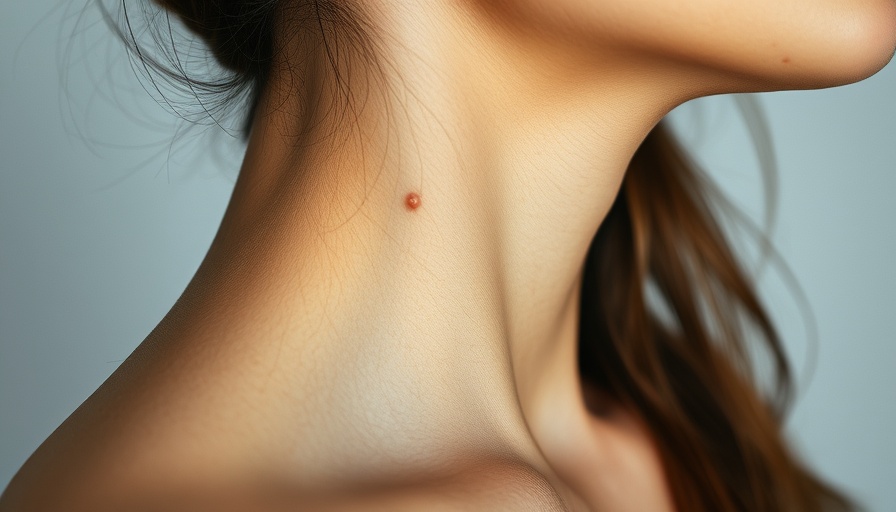
Can Skin Health Reveal Heart Issues?
Your skin isn't just a pretty covering; it's a window into your body's inner workings, particularly your heart health. Not many might think of their skin as a health indicator, but various conditions can signal underlying heart issues. By understanding these connections, we may just find a new reason to pay more attention to what we see in the mirror.
Dry Skin: Not Just a Moisturizer Problem
Dryness can be incredibly bothersome, prompting us to reach for lotions. Yet, unquenched skin could hint at potential circulatory issues; when the heart struggles to pump blood efficiently, the skin is often deprived of necessary nutrients. But don’t jump the gun—dry skin could also just be a result of dry air or moisture loss, especially during winter months. One ideal solution is to embrace a humidifier and establish a solid skincare routine that focuses on hydration.
Xanthomas: Yellow Flags for Cholesterol
Ever stumbled upon mysterious yellowish bumps on your skin? Those are known as xanthomas, and while they might sound intimidating, they serve as critical health alerts—warning signs of high cholesterol levels in the body. These unsightly bumps often appear on areas such as the eyelids and joints, signaling that it's time to reevaluate your diet. Cutting back on saturated fats and incorporating heart-healthy foods can play a significant role in maintaining healthy cholesterol levels.
Cyanosis: A Clear Cry for Help
When skin takes on a bluish or purplish hue—a condition known as cyanosis—it’s like your body is waving a red flag about low oxygen levels. This might indicate that your heart is not pumping blood efficiently, making timely medical intervention crucial. If your skin's color changes suddenly or frequently, prioritize a visit to your healthcare provider to determine the root cause.
Clubbing: A Sign of Underlying Issues
This isn’t about the music and dancing people enjoy on weekends; finger and toe clubbing manifests as swollen digits with curved nails, could hint towards more serious health concerns such as heart or lung dysfunction. If you notice a shaped change, it’s best to consult a physician immediately. Ignoring early symptoms may lead to complications down the road.
Spider Veins: More Than a Cosmetic Concern
Spider veins often seem like mere cosmetic nuisances; however, their presence could signify potential circulatory challenges. Representing minor blood flow issues, spider veins can sometimes indicate larger heart health problems. A mix of lifestyle changes, including regular exercise and elevating your legs, can alleviate some symptoms and improve circulation.
Embracing Holistic Health: The Interconnectedness of Skin and Heart
Taking care of our skin can extend beyond just looking good; it can enhance our overall well-being. Engaging in healthy habits, including a balanced diet and regular exercise, not only benefits our skin but also bolsters our heart health. Practices like intermittent fasting or adopting a keto diet have shown promise in improving metabolic health, potentially reducing risks associated with heart disease and diabetes.
Who Should Be Concerned?
The risk factors for heart issues are diverse, especially for those with underlying conditions such as diabetes, high cholesterol, or high blood pressure. Those with a predisposition to these health conditions should be more vigilant about skinwatch: noticing changes in your skin can lead to early detection of serious issues. If you're navigating conditions like PCOS or dealing with prediabetes, maintaining awareness can empower you to engage more actively in your health journey.
Conclusion: A Call to Action
Don't let changes in your skin become another sign overlooked on your health journey. By maintaining open lines of communication with a healthcare provider and proactively examining any skin changes, you can become your own best advocate for heart health. Embrace these insights and incorporate them into your wellness routine: your heart will thank you!
 Add Row
Add Row  Add
Add 



 Add Row
Add Row  Add
Add 


Write A Comment